KIBA Tokyo Residence by SAKAE Architects & Engineers
Concept
This is a project to rebuild a residential building on a small site of Tokyo *Kiba. For adaptation of the various lifestyles and improving the added value of the building, we designed multiple spaces by using exceptional cases of maisonnette style housing to the building standard law. Also, we attempted to put the building in harmony with the historic site of Kiba which was known for lumber dealings. We try to make new values and new lifestyles from the inside, and to show historical and cultural heritage from the outside.
*Kiba: "Ki" means wood, and "ba" means town.
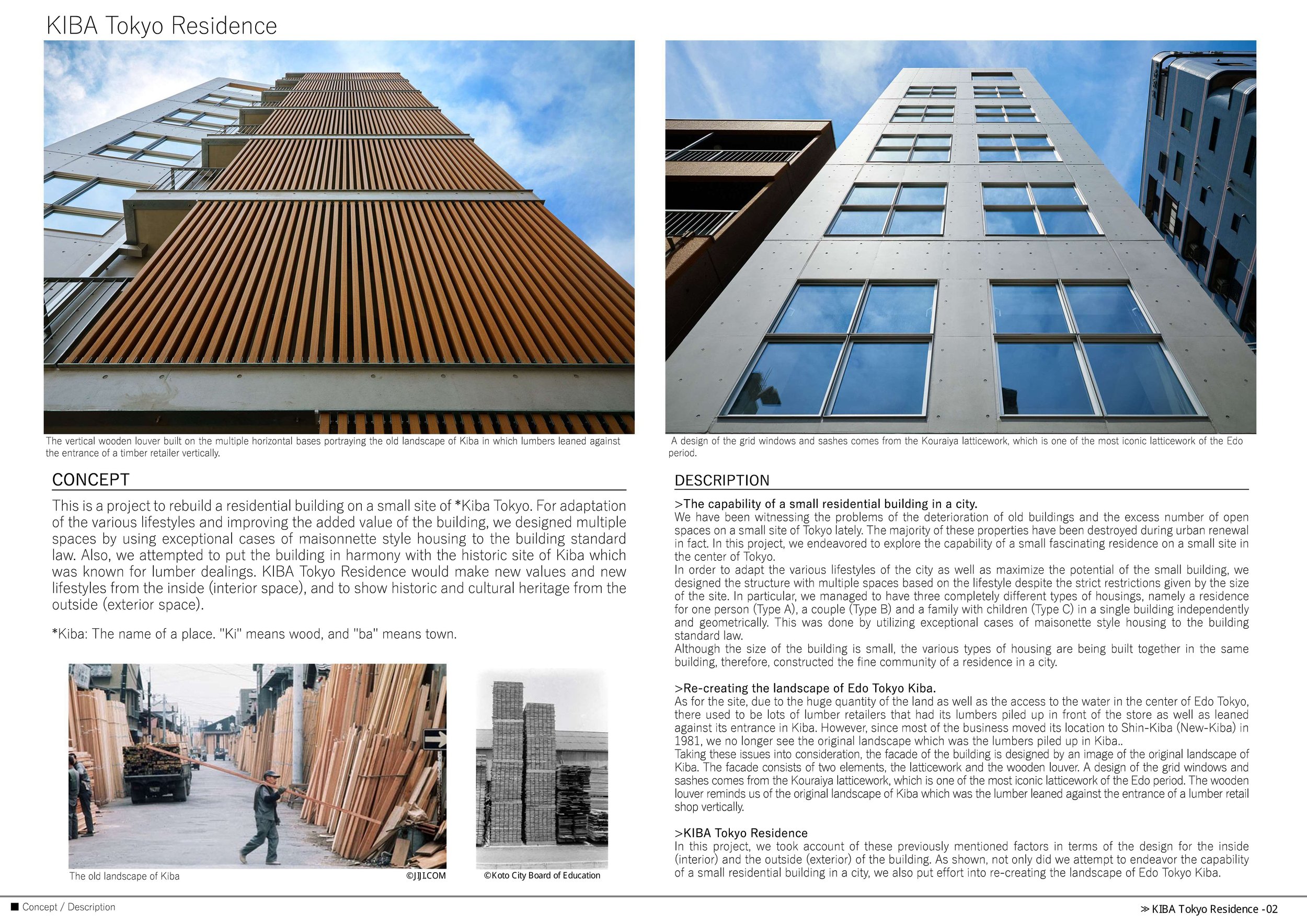
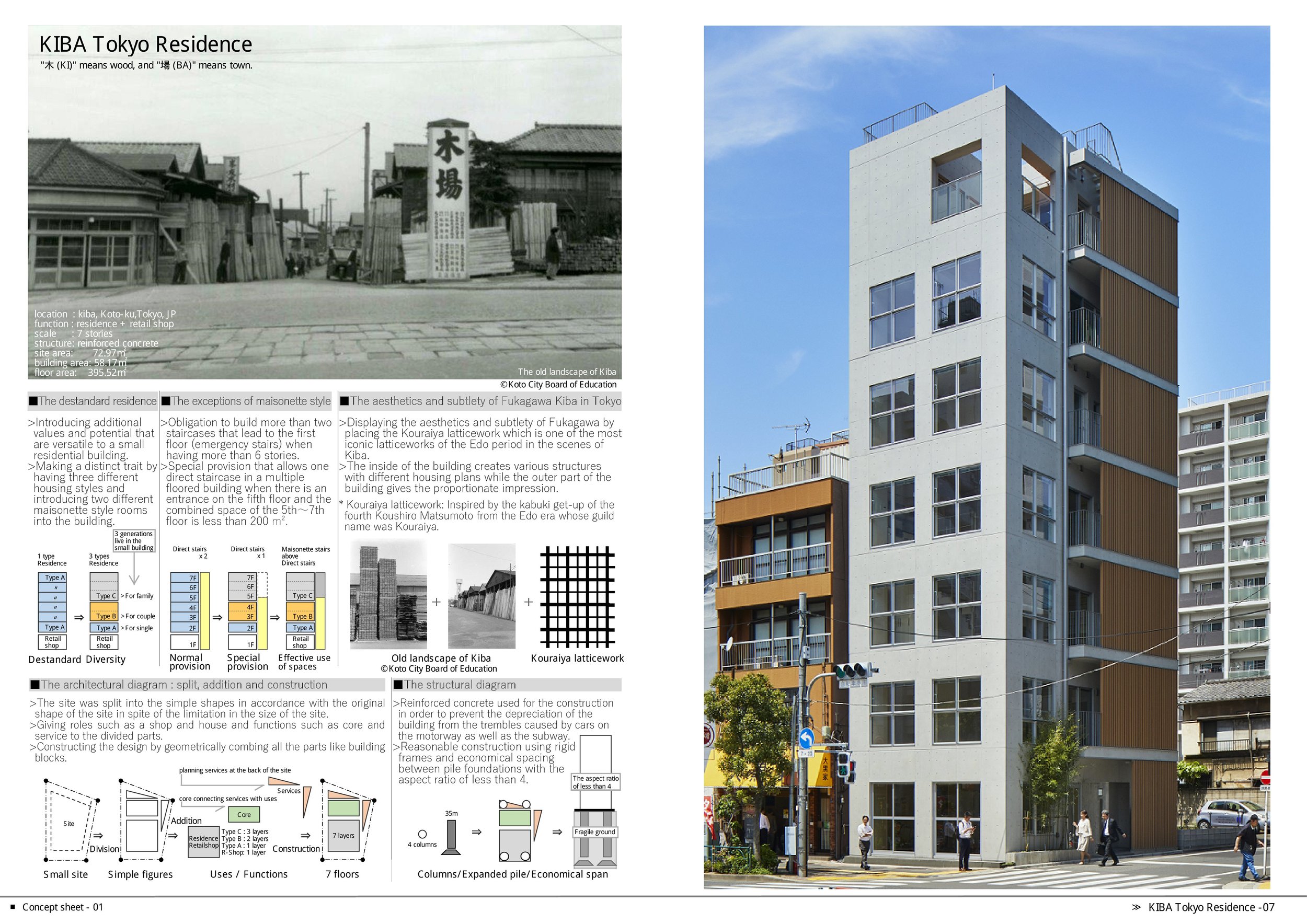
The capability of a small residential building in a city.
We have been witnessing the problems of the deterioration of old buildings and the excess number of open spaces on a small site of Tokyo lately. In fact, most of these properties have been wiped out by the urban renewal. In this project, we endeavored to explore the capability of a small residence on a small site in the center of Tokyo.
In order to adapt the various lifestyles of the city as well as maximize the potential of the small building, we designed the structure with multiple spaces based on the lifestyle despite the strict restrictions given by the size of the site. Therefore, we accomplished to have three different types of housings, namely a residence for one person (Type A), a couple (Type B) and a family with children (Type C) in a single building. Even though the size of the building is small, the different types of housings are being together, therefore constructed the fine community of a residence in a city.
Re-creating the landscape of Edo Tokyo Kiba.
As for the site, due to the huge quantity of the land as well as the access to the water in the center of Edo Tokyo, there used to be lots of lumber retailers that had its lumbers piled up in front of the store as well as leaned against its entrance in Kiba. However, since most of the business moved its location to Shin (New) - Kiba in 1981, we no longer see the original landscape.
Taking these issues into consideration, the facade of the building is designed by an image of the original landscape of Kiba. The facade consists of two elements, the latticework, and the wooden louver. A design of the grid windows and sashes comes from the Kouraiya latticework, which is one of the most iconic latticework of the Edo period. The wooden louver reminds us of the original landscape of Kiba which was the lumber leaned against the entrance of a lumber retail shop vertically.
KIBA Tokyo Residence
In this project, we took account of these previously mentioned factors in terms of the design for the inside and the outside of the building. Namely, not only did we attempt to endeavor the capability of a small residence in a city, we also put effort into re-creating the landscape of Edo Tokyo Kiba.

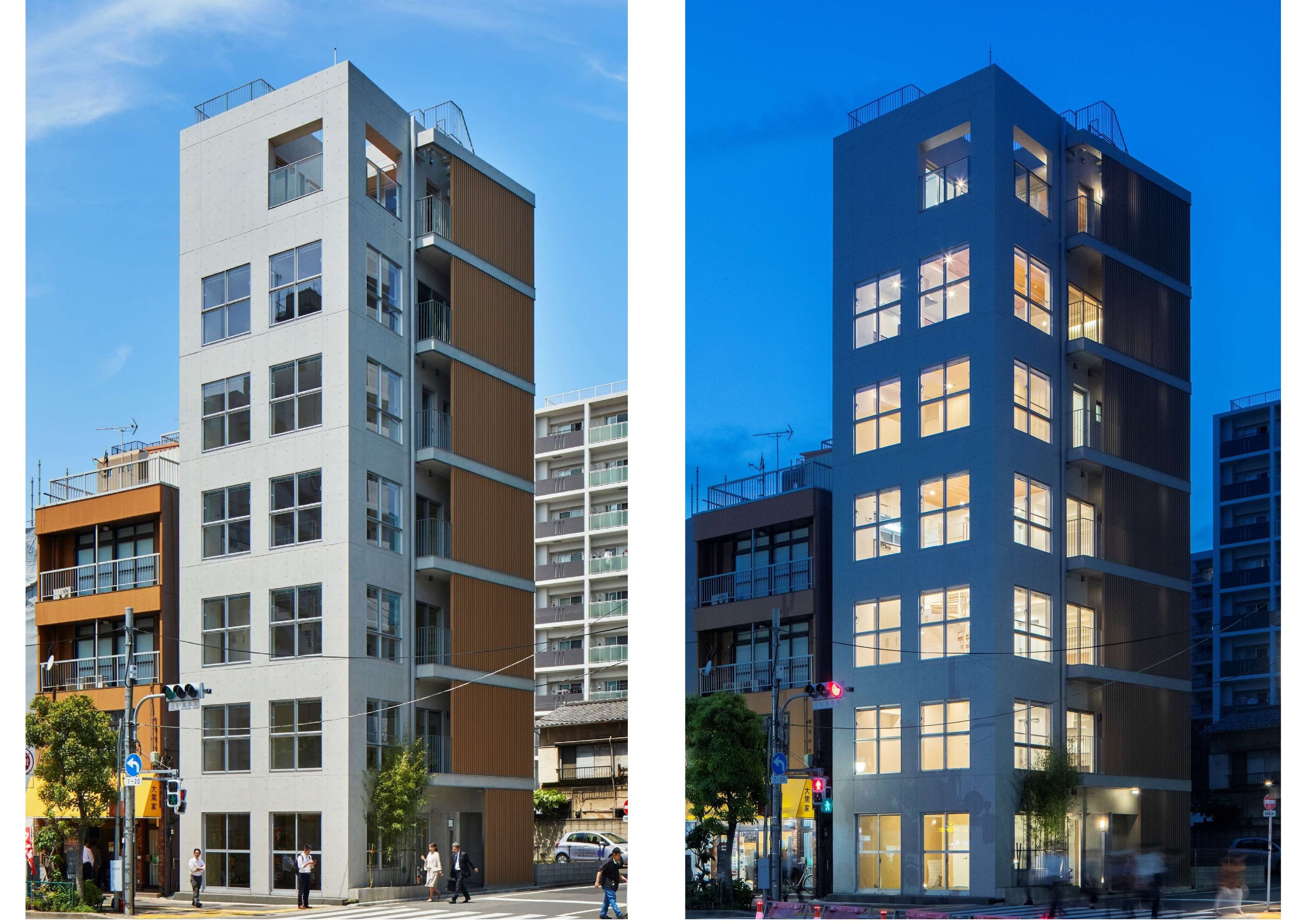

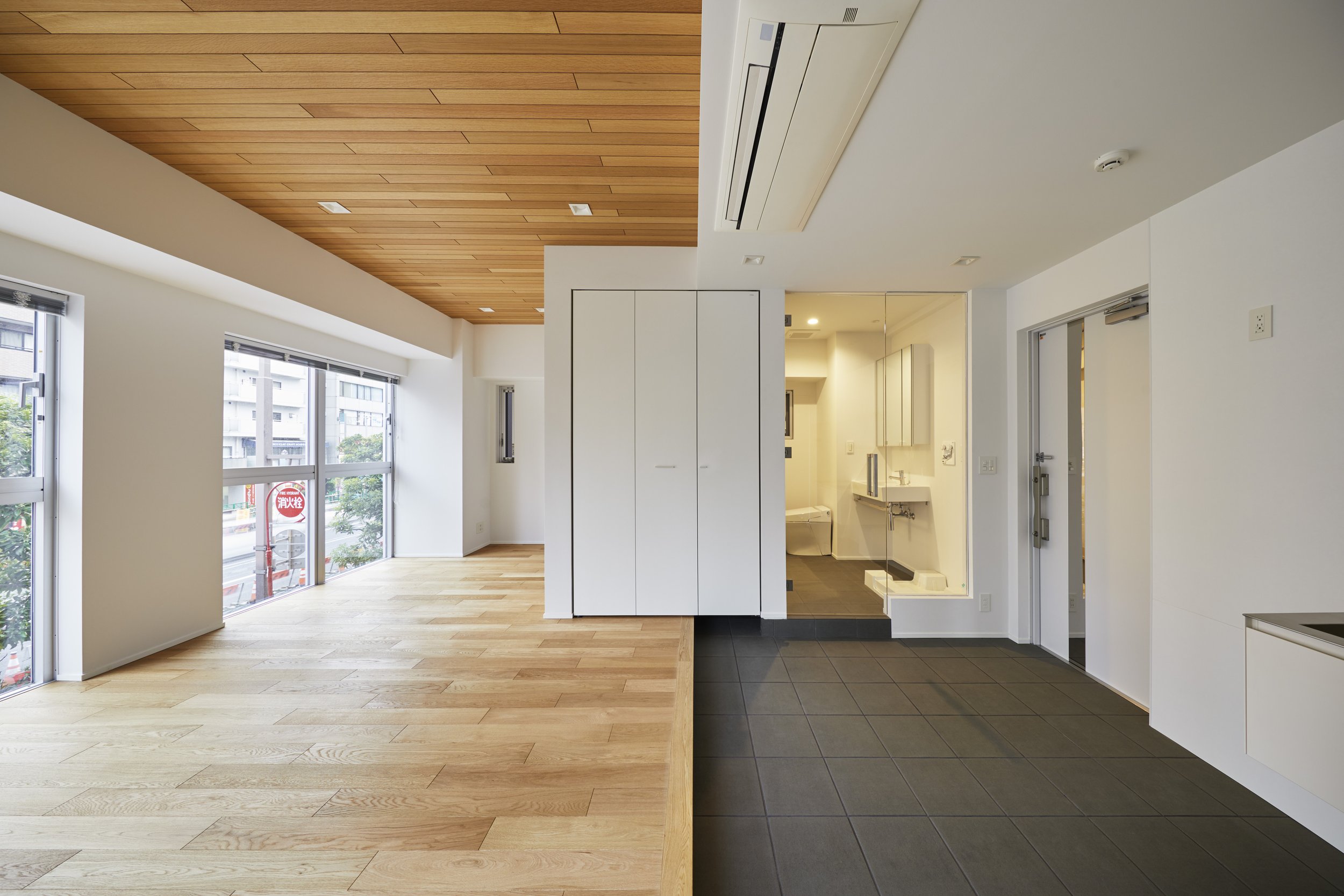

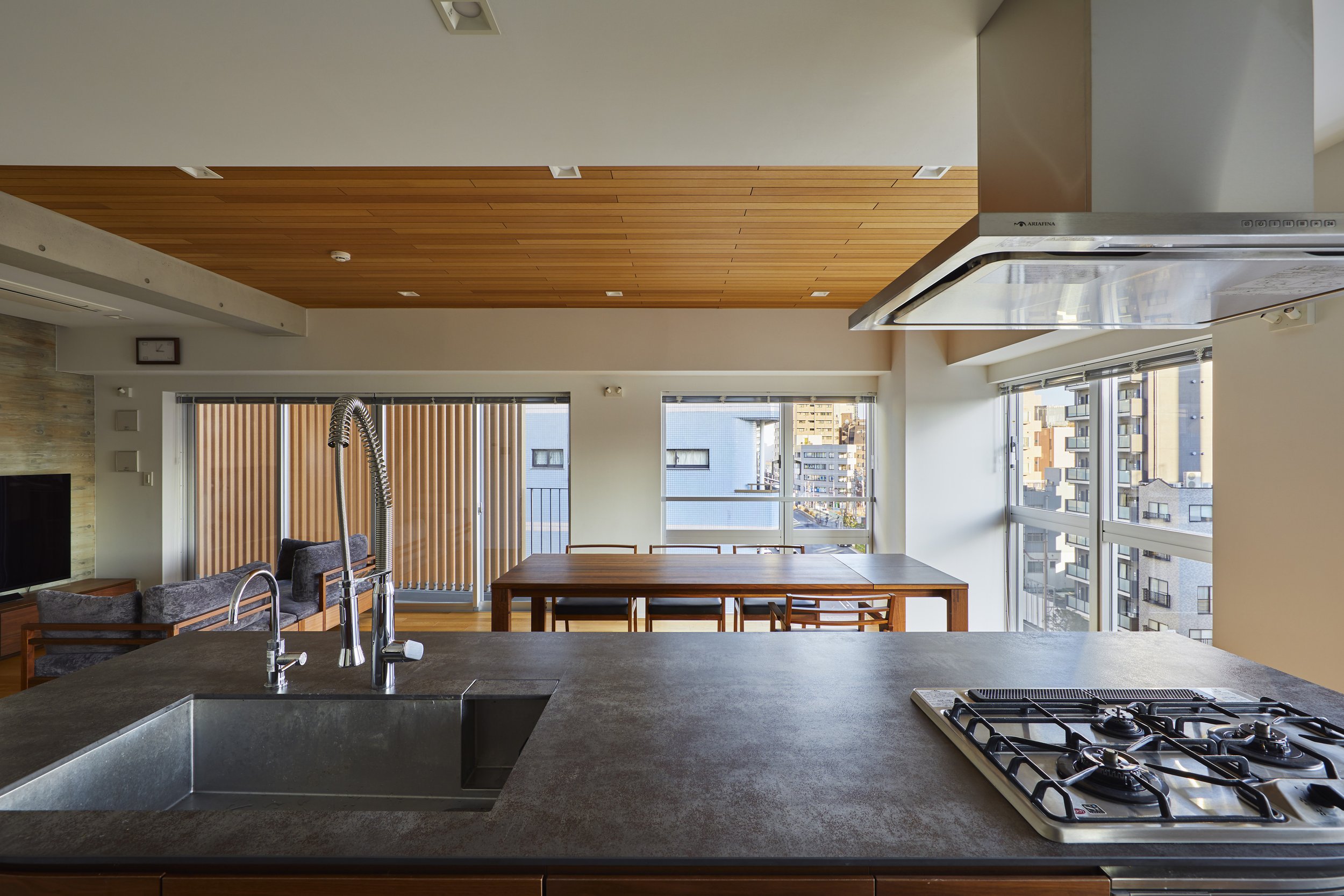
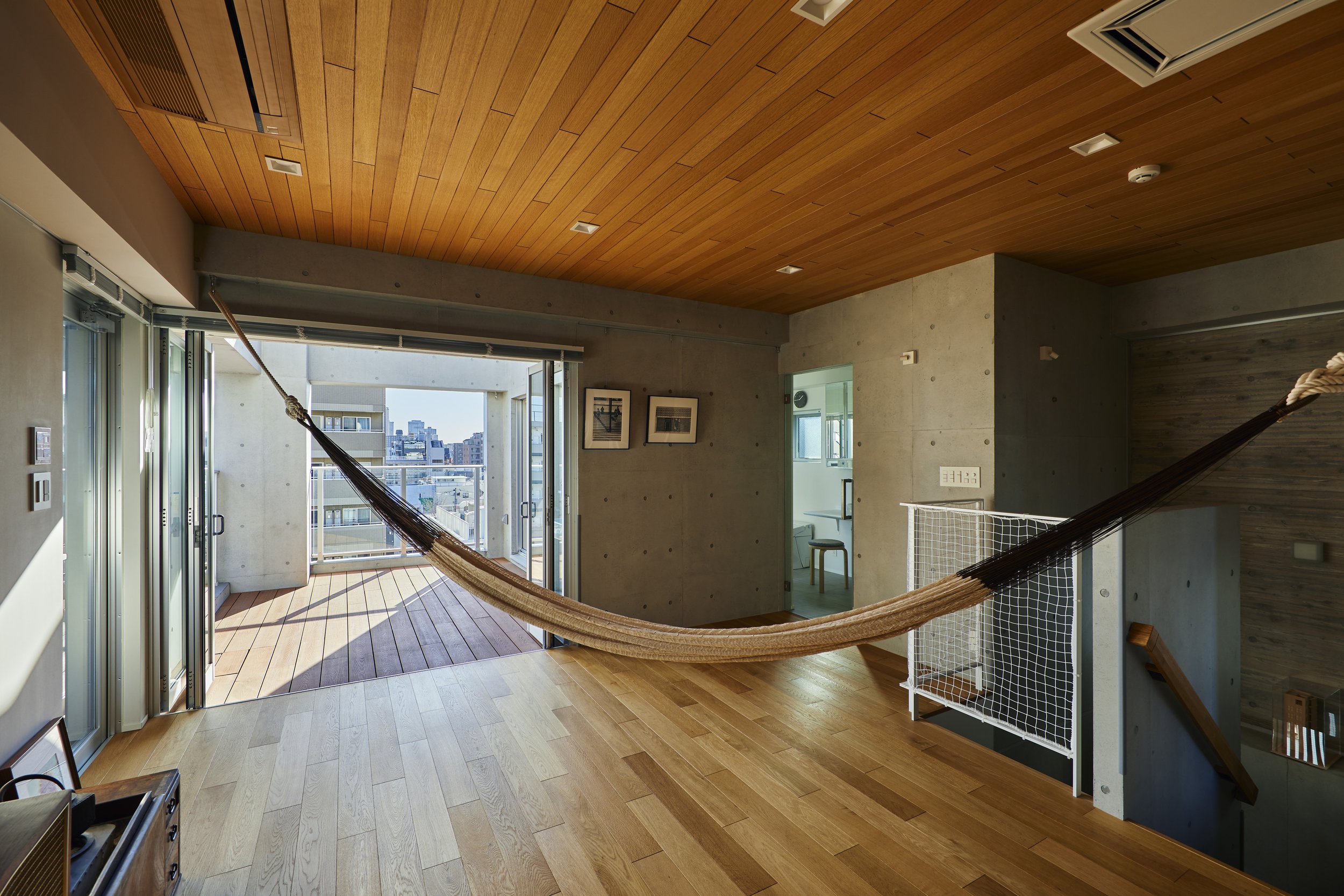

Planning & Drawing
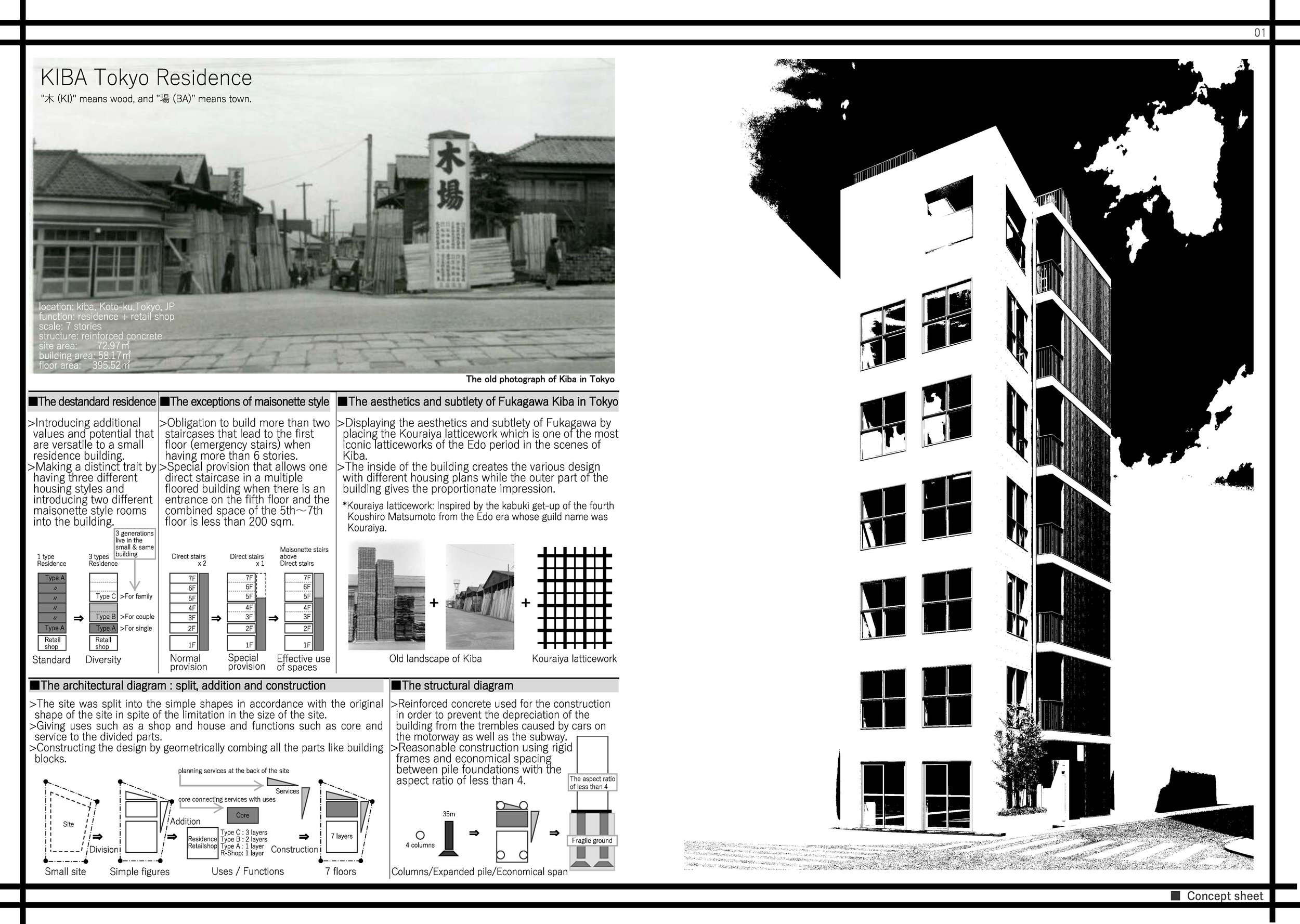
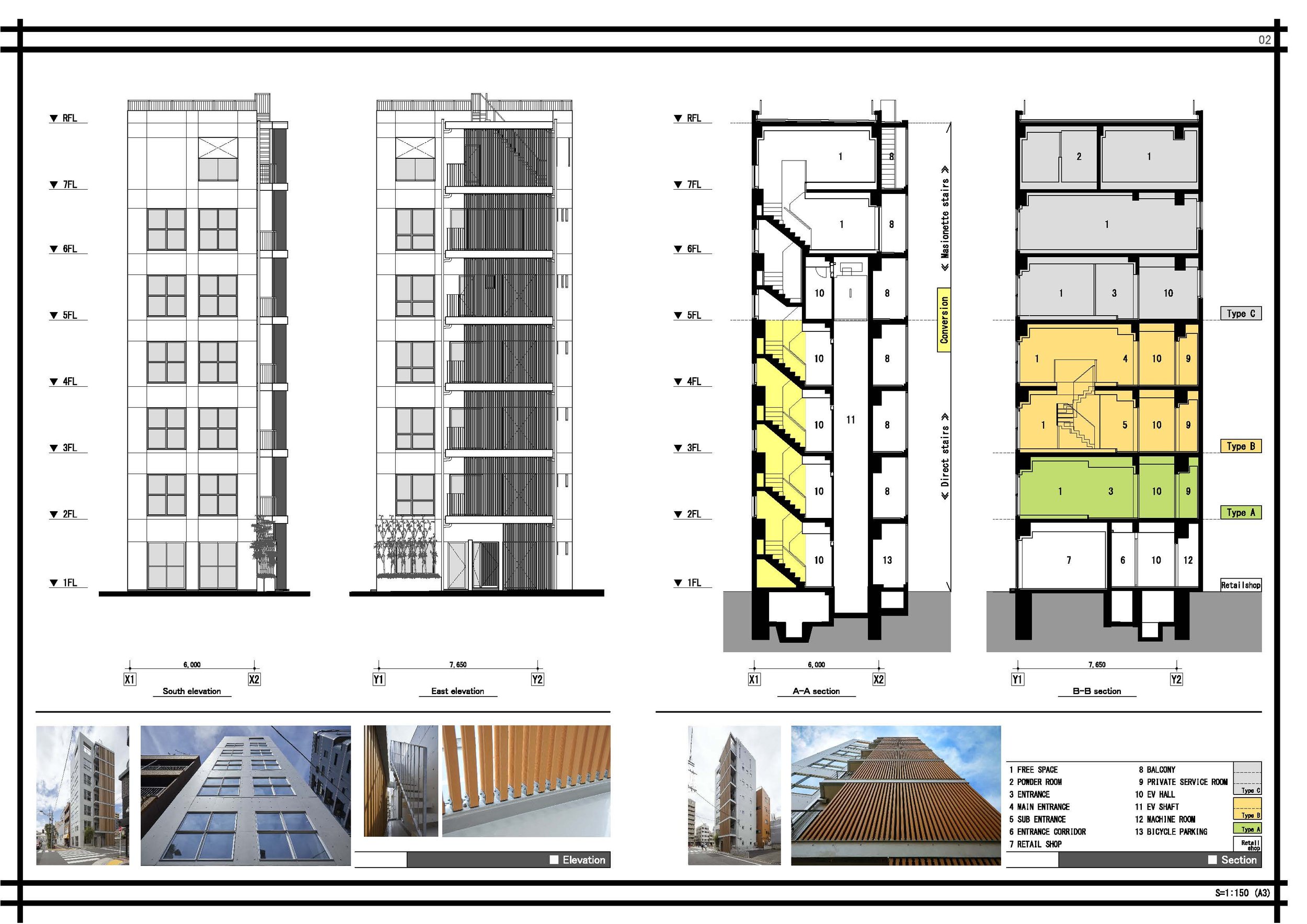
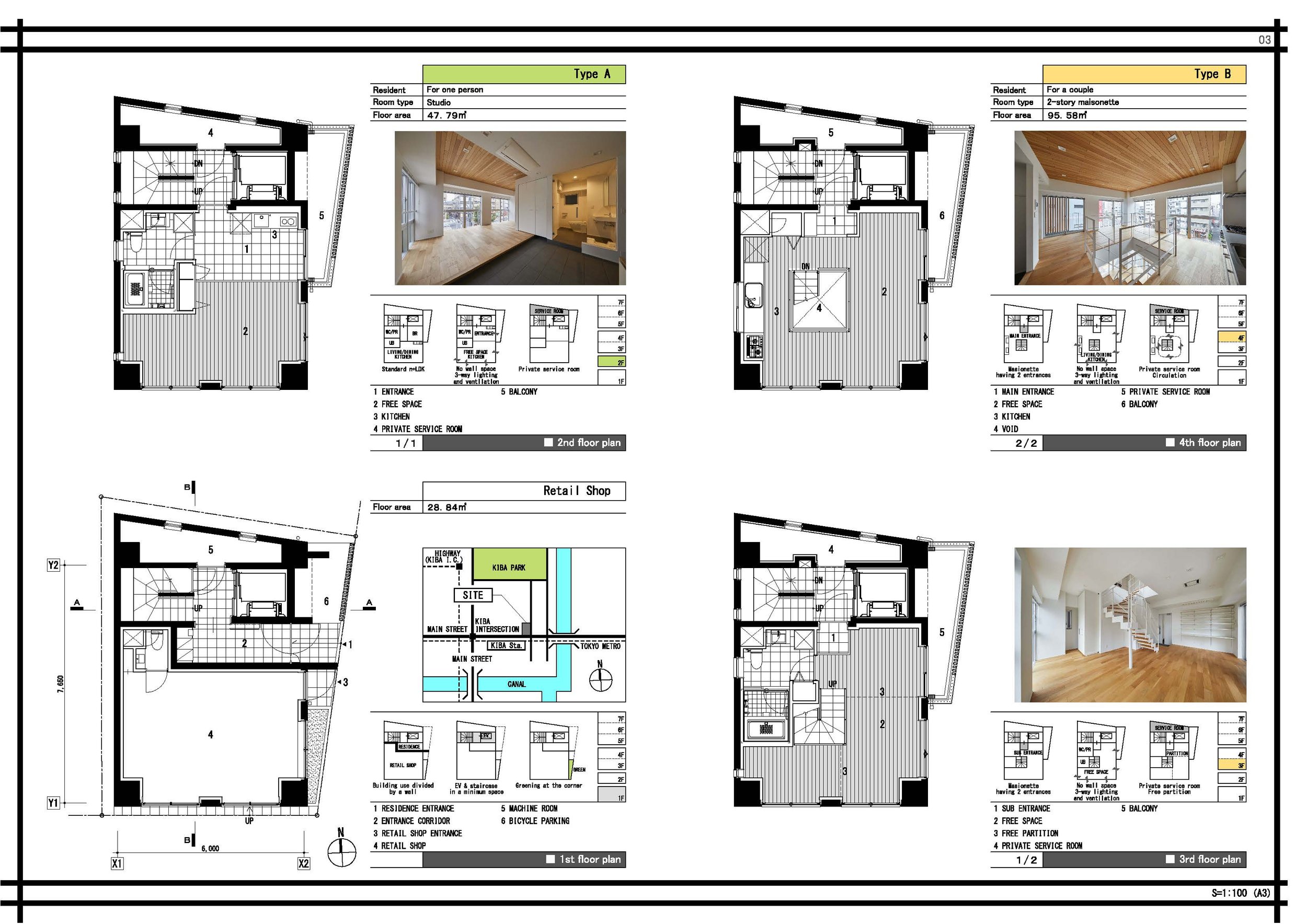
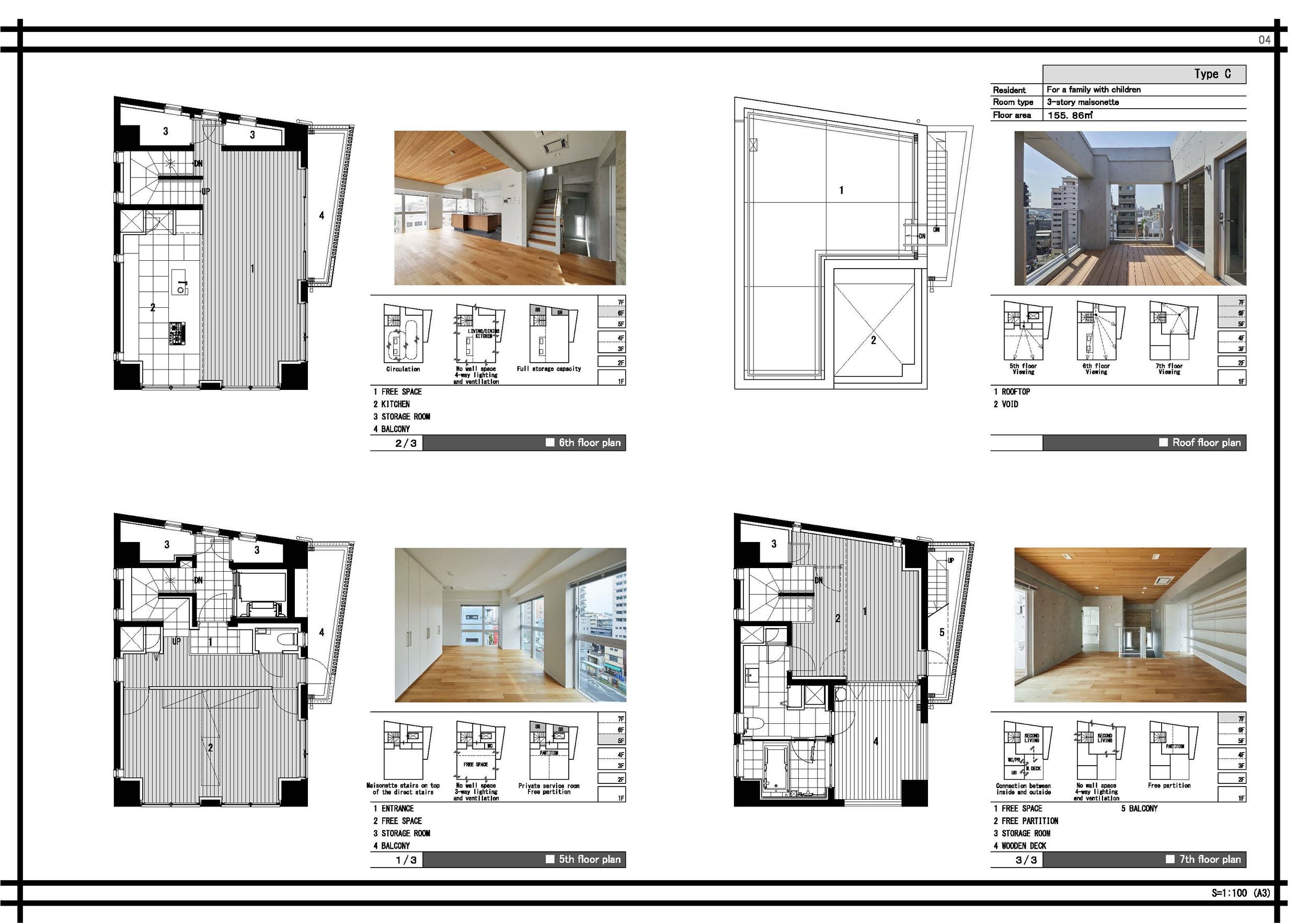
Designer Profile
CEO (Principal Architect) Eisuke Yamazaki
SHORT BIOGRAPHY / PERSONAL PROFILE DESCRIPTION
1970 - Born in Tokyo, Japan
1993 - Nihon University B.Arch. (JPN)
1995 - Nihon University M.Arch. (JPN)
1998 - Pratt Institute M.Arch. (NY USA)
1998 - MHS Planners, Architects & Engineers Ltd. (JPN)
2004 - SAKAE Architects & Engineers (JPN)
AWARDS
≫ Architecture MasterPrize 2021: Honorable Mention
≫ International Design Awards 2021: Honorable Mention
≫ World Architecture Community Awards 39th Cycle 2021: Winner
≫ Architect of the Year Awards 2021: Winner
≫ International Residential Architecture Awards 2021: Winner
≫ Global Architecture & Design Awards 2021: Second Award
≫ World Design Awards 2021: Runner-Up
≫ Rethinking The Future Awards 2022: Third Award
≫ LOOP Design Awards 2021: Short-Lists
STUDIO BRIEF
SAKAE Architects & Engineers is a Japanese architectural firm based in Tokyo Japan, established in 1963. The firm has designed numerous works which are office buildings, public buildings, educational, residential, medical, commercial, industrial, and more. The firm provides various architectural services, as well as planning and design. CEO (Principal Architect) Eisuke Yamazaki has received a diploma of the Master of Architecture at Pratt Institute in New York, USA, after graduate school of architecture in Japan, also has a first-class architect license in Japan. He has received some international architecture awards.
WEBSITE

